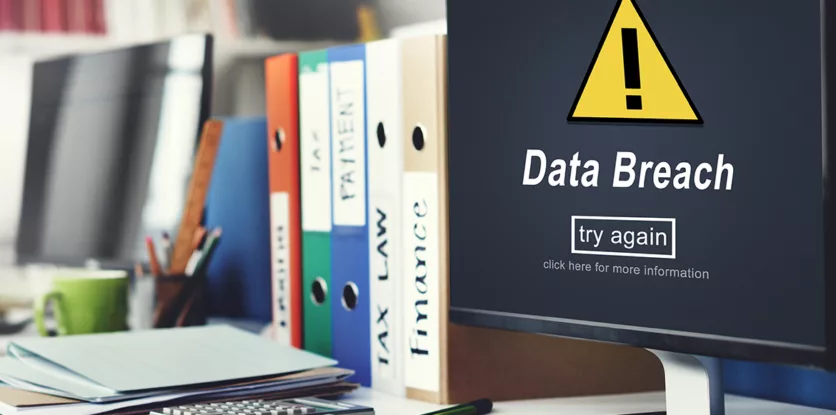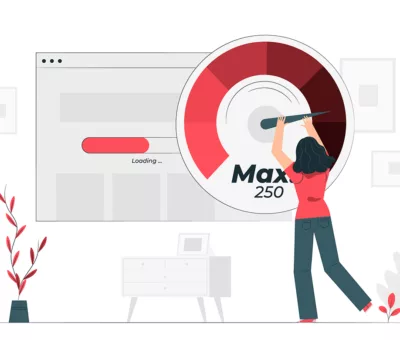If you are running your business on the website, you might be aware of the fact that they are so important to you. But there is a common problem that we usually face and that is website crash. Have you ever experienced this issue? But let me tell you that these crashes can be a serious threat to your website because they can result in loss of work.
Understanding why website collision is necessary, specifically for site proprietors.
A website crash indicates the site can’t dispatch and accept data, thus evolving as unavailable. This problem may negatively influence your business standing and even show financial defeat.
Fortunately, there are numerous methods to repair and secure this error. No need to worry because today I am here to share with you different methods that will help you to overcome all these website crash problems. So let’s explore the diverse methods of solving the problems.
What Is a Website Crash?
It happens when it can’t move and obtain data, forgetting to pack the content. Usually, such a site indicates either an empty page or a mistake message with a situation code. It can happen due to numerous explanations, such as too much traffic, plugin misconceptions, an extinct domain, malware, and hosting problems.
Code Errors
Web innovators have code to make a website’s functionality and interface. It is a collection of teachings reported in a programming vocabulary that needs every space, letter, and symbol to be spotted in the perfect spot.
If there is an accidental typo in your statement of code it can affect the site and there will be a website crash. To evade this, double-verify every difference before broadcasting – peek through the recently counted code rather before fitting for difficulties with any videos, text, or images.
The only route to fix this problem is to discover the root reason and locate the code that started it to damage.
Plugin Issues
Plugins count more additional roles or components to your site. Nonetheless, establishing too multiple plugins can show in software disputes and a website impact. Again, outdated attachments may elevate the chance of protection exposures.
If you experience plugin problems, discover which trying causes the mistake and halt it. We also suggest deleting old or obsolete plugins you don’t use to control future situations.
Update Problems
Obsolete places can have security loopholes and glitches. Nevertheless, installing the latest version that isn’t consistent with the site can also show software clashes and slam your site.
To resolve it, you can devalue your existing CMS performance or fix a backup. The latter is the numerous timely opportunity for newbies, as multiple web hosts suggest this characteristic in their control forum.
Web Traffic Tips
When your server accepts hurried traffic increases, a website crash may happen. The reason is that the server’s help, like bandwidth and RAM may not be adequate to control the wave. In such circumstances, the site will depict the HTTP or 503 mistake transmission.
A gridlock crash usually happens during promotional occasions or festive times.
To dodge this, it’s most reasonable to heighten your hosting resolution. If you are using shared hosting, we advise reversing to a cloud hosting program that keeps data on numerous waitpeople for load balancing. As a consequence, if one server is downgraded, your website’s implementation won’t suffer.
Expired Domain Names
Although a dead domain title doesn’t technically generate a website to collide, it can generate issues with Domain Name System (DNS). While parts hosting varies from web hosting, it is even a necessary site feature.
If it passes, guests won’t be capable of opening your site by organizing its domain character into the browsers. On the other hand, you will relinquish your domain if somebody reports it.
For this cause, we suggest continuing the dead domain. Some hosting providers deliver an auto-renew prospect that automatically re-registers the term for the exact course.
Tips for Preventing
Keep Your Website Up to Date
Make sure to correct the site regularly to preserve the website’s implementation. Choose a suitable period for the latest updates – you don’t like to serve them during prime hours. Again, select an upkeep schedule and disclose your clients ahead.
Before establishing the most delinquent version, recall to back up the website in the chance there’s a compatibility problem. In acquisition, elevate all site components to confirm they work jointly.
Close Code Tags
Some programming tongues require close tags, not counting them can guide to browser incompatibilities. Apart from that, utilizing them benefits when checking a page, creating it more straightforward to filter through the hand series. Similarly, closing tags prevent web designers from acquiring overwhelmed and driving blunders when documenting code.
Frequently Test New Updates
To secure website crashes, it’s essential to try new updates. We recommend utilizing stage conditions to review whether the latest performance is regular or consistent with the site. In this route, you won’t use the modifications instantly to the live site. This suggests it can’t slam. Once the staging website runs after the latest updates, deploy the most delinquent version online.
Test Site Links
Search machines like Google pay awareness to linkages when they are crawling your site. For this explanation, appropriate site connections can enhance your online presence and attract more traffic. Thus, review every link on your site to guarantee it doesn’t have failed redirects or HTTP mistakes. Accomplishing so assists secure the website from crashing and enhances user knowledge.
Conclusion
A website crash represents the data dies to burden, providing you either a mistake letter with a status code or an empty screen. It may happen for several causes, containing plugin errors, broken code, or update issues. When your website impacts, ensure that you follow all the steps so that you can overcome all the problems and make your website error-free.





Leave a Reply